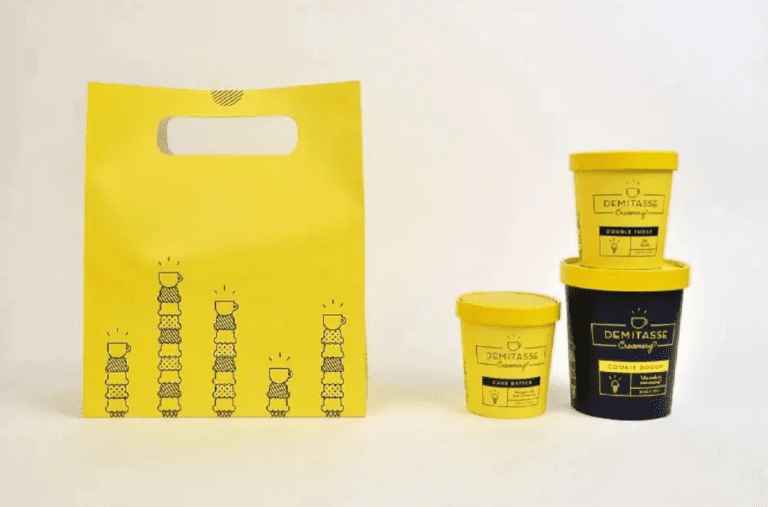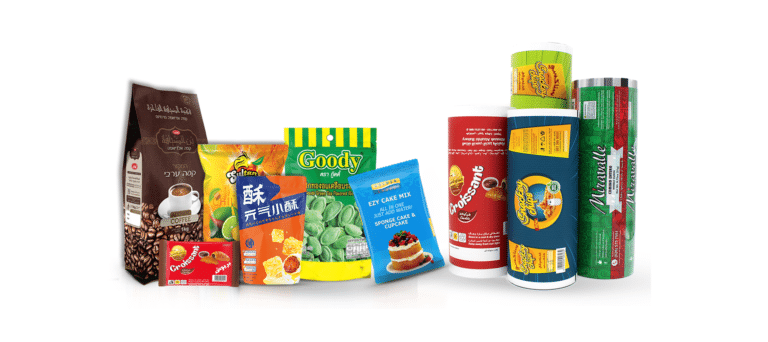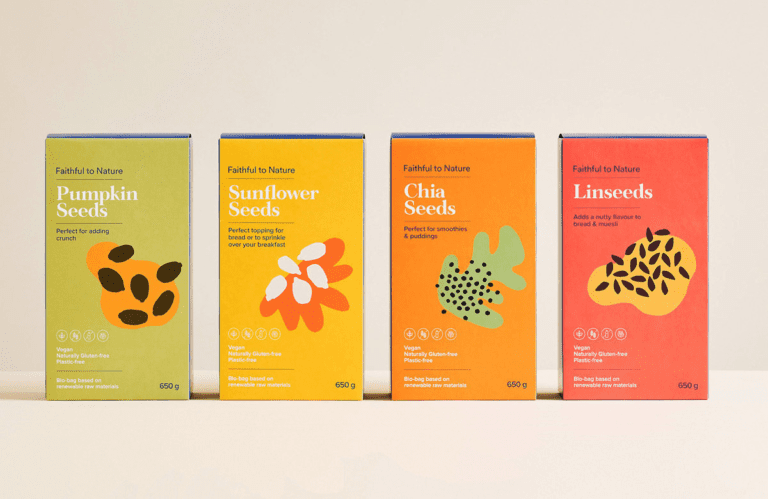Ki sa ki altènativ yo pou yon sèl-itilize anbalaj manje?
Ki sa ki altènativ yo pou yon sèl-itilize anbalaj manje?
Anbalaj manje yon sèl-itilize te vin yon pati omniprésente nan lavi modèn. Soti nan resipyan manje vit nan sache plastik, anbalaj esansyèl pou pwoteje ak transpòte manje. Sepandan, konvenyans nan anbalaj yon sèl-itilize vini nan yon gwo pri nan anviwònman an. Chak ane, Dè milya de tòn fatra plastik fini nan oseyan nou yo ak depotwa yo, polisyon planèt nou an ak mal bèt sovaj. Chans, Gen yon varyete de altènativ pou yon sèl-itilize anbalaj manje ki ka ede diminye fatra ak prezève planèt nou an.
Yon altènativ a yon sèl-itilize anbalaj manje se resipyan ki kapab itilize ankò. Sa yo kontenè yo ka fè soti nan yon varyete de materyèl yo, ki gen ladan vè, asye pur, ak silikone. Yo ka itilize yo nan magazen manje nan frijidè a oswa frizè, osi byen ke transpòte manje sou ale la. Resipyan ki kapab itilize ankò yo fasil pou netwaye epi yo ka dire pou ane, diminye bezwen an pou yon sèl-itilize anbalaj.
Yon lòt altènativ a yon sèl-itilize anbalaj manje se anbalaj konpostabl. Pakè sa yo te fè soti nan plant ki baze sou materyèl yo, tankou mayi, ki ka kraze pa bakteri ak fongis nan konpòs. Ka konpòs sa a Lè sa a, dwe itilize kòm yon angrè natirèl pou plant yo. Anbalaj konpostabl se yon altènatif dirab nan anbalaj plastik tradisyonèl yo, kòm li pa kreye dechè toksik oswa mal bèt sovaj.

Yon twazyèm altènatif pou yon sèl-itilize anbalaj manje se anbalaj te fè soti nan materyèl resikle. Sa a ki kalite anbalaj te fè soti nan materyèl ki te deja te itilize, tankou papye resikle oswa plastik. Resiklaj diminye kantite lajan an nan fatra ki fini moute nan depotwa yo, konsève resous yo, ak diminye konsomasyon enèji. Ka anbalaj resikle dwe itilize pou yon varyete de pwodwi yo, ki gen ladan manje, epi li disponib nan yon seri de gwosè ak fòm.A
Yon altènatif katriyèm nan yon sèl-itilize anbalaj manje se anbalaj manjab. Se anbalaj manjab te fè soti nan materyèl ki san danje yo manje, tankou alg, lanmidon, ak pwoteyin. Sa a ki kalite anbalaj ka manje ansanm ak manje a andedan, diminye fatra ak bay yon adisyon nourisan nan repa a. Anbalaj manjab se toujou nan etap eksperimantal la, men li gen potansyèl pou revolusyone endistri anbalaj manje a.
An konklizyon, Anbalaj manje sèl-itilize se yon gwo kontribitè nan polisyon nan anviwònman an ak fatra. Sepandan, Gen anpil altènativ ki disponib ki ka ede redwi enpak anbalaj sou planèt la. Resipyan ki kapab itilize ankò, Anbalaj konpostabl, materyèl resikle, Ak anbalaj manjab yo se jis yon kèk nan altènativ yo nan yon sèl-itilize anbalaj manje ki disponib jodi a. Pa fè chwa konsyan sou anbalaj la nou itilize, Nou ka ede prezève planèt nou an pou jenerasyon kap vini yo.






